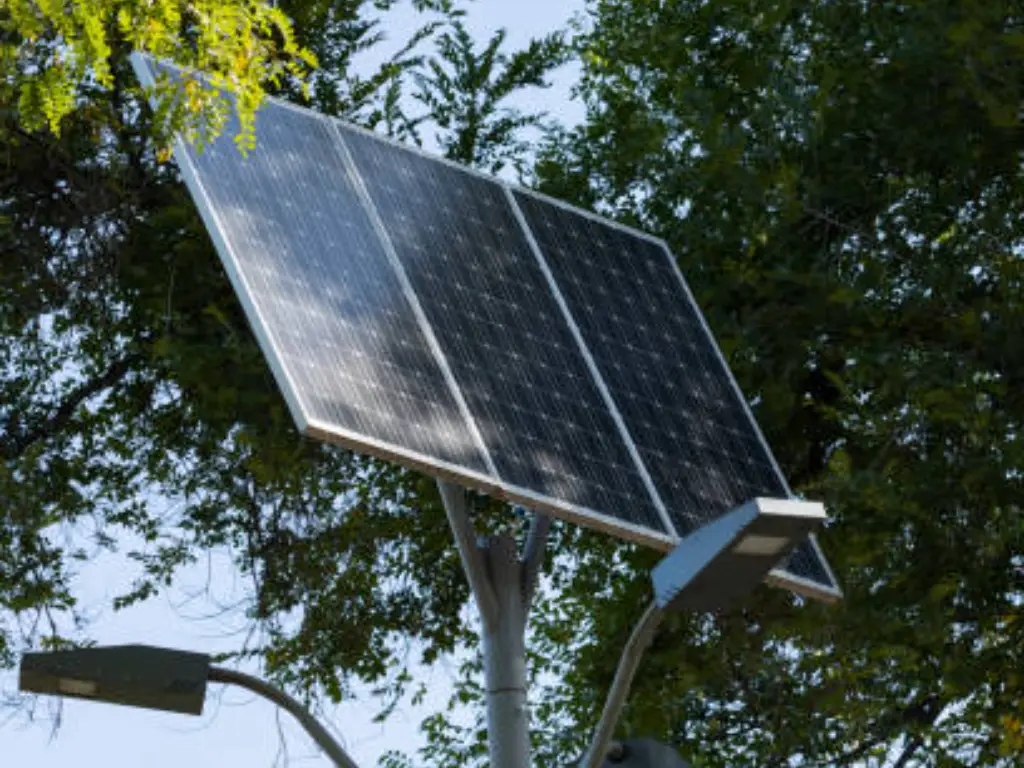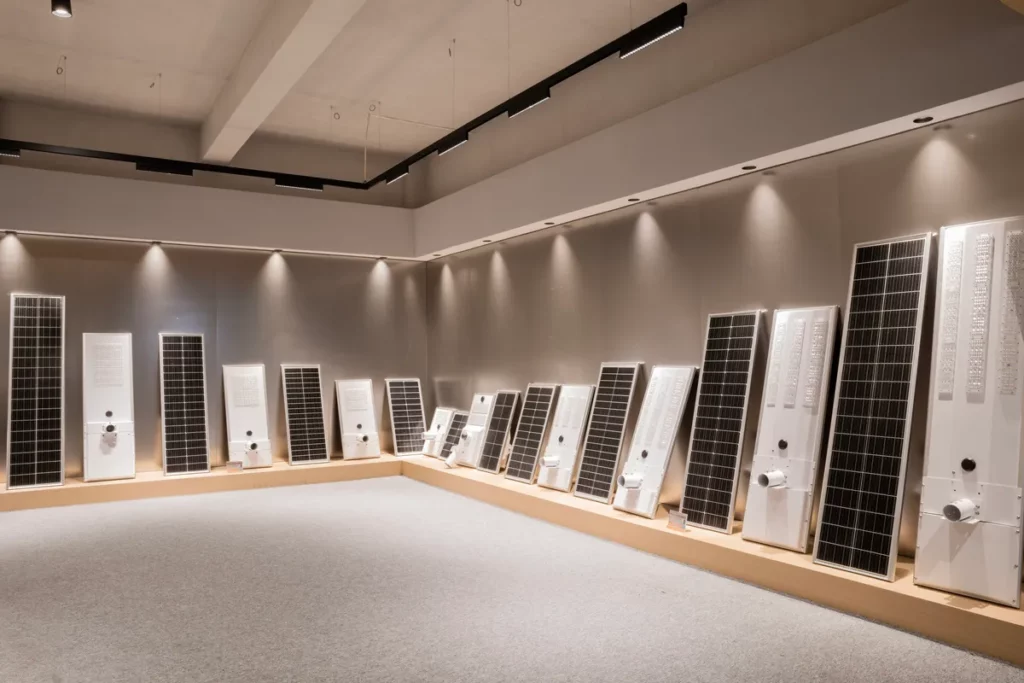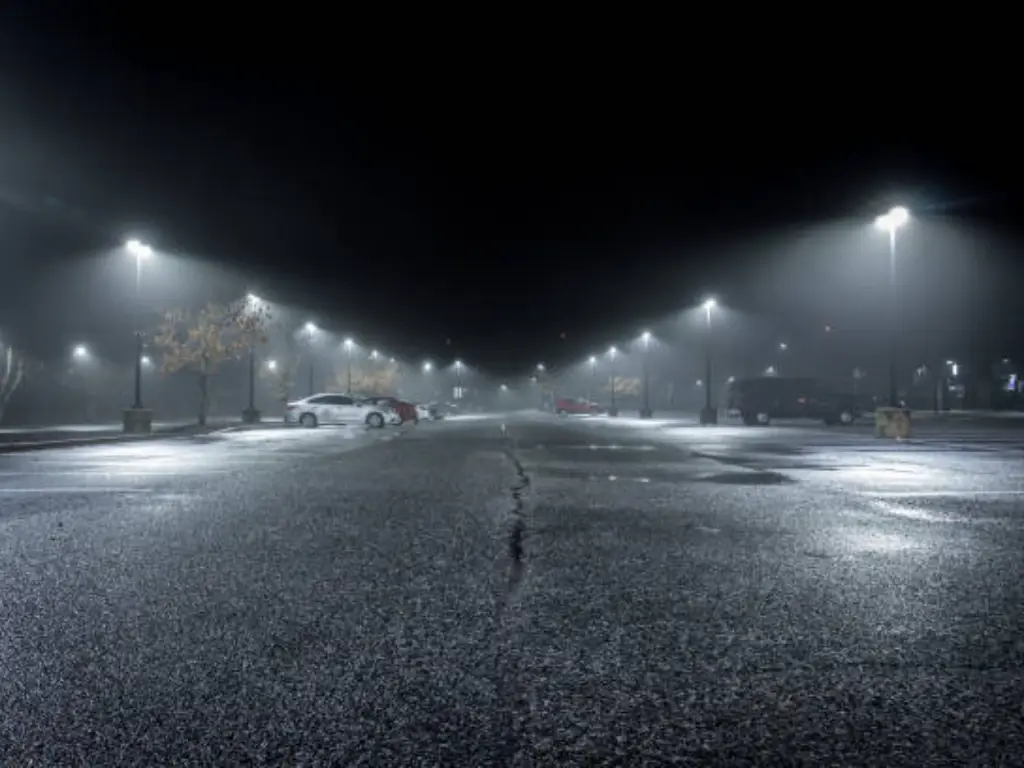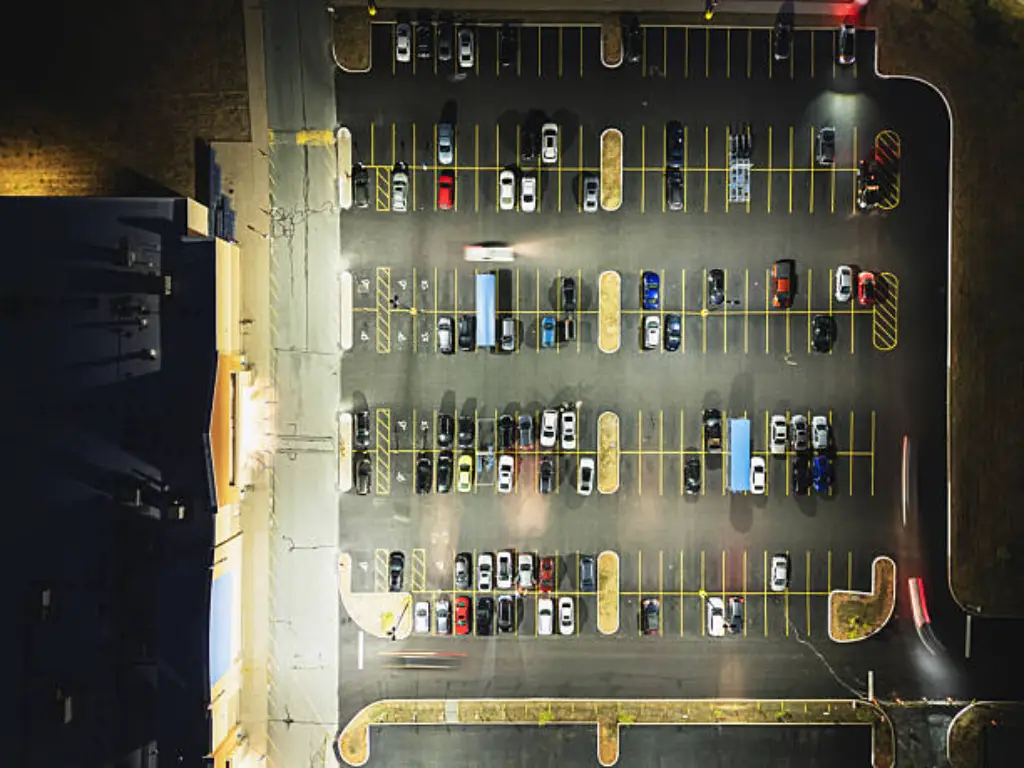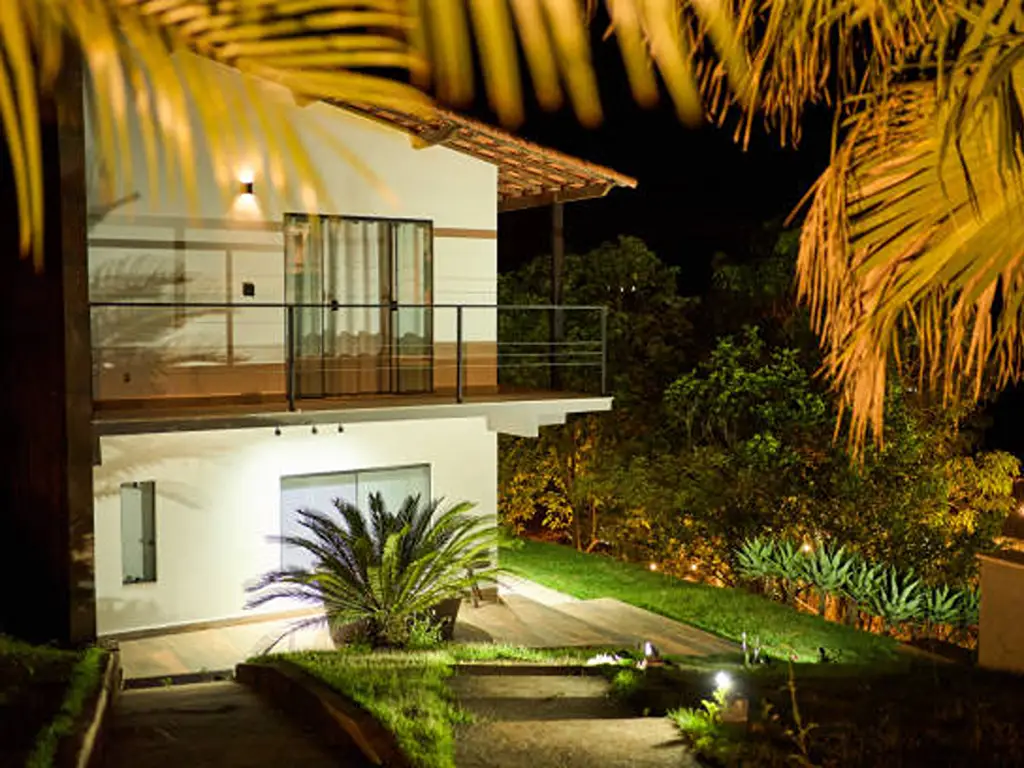Introduction
The increasing awareness of energy use and its impact on the environment has made solar lights a flagship of eco-friendly outdoor lighting. Residential and commercial customers are solar-powered outdoor lights and yard lights or solar flood lights, due to the exceptional amount of light they offer in summer, their sunlight-detecting automatons, and the fact that they do not depend on electrical wiring. However, a more general question seems to haunt the minds of would-be users and the existing ones: Do solar lights work in shaded areas?
This question addresses core concerns regarding solar light functionality and its operational reliance on sunlight. It focuses on practical aspects like garden areas that are edged with shade, balconies that are outside but are not directly beamed with sunrays, or even the seasonal cloudy days that drastically cut the amount of sunshine available for the solar panel’s eye. These nuances can create a gap for those that wish to use the technology optimally as there are no clear guides on solar charging of batteries under less-than-perfect conditions.
This guide will cover the correlation between shade and the amount of sunlight a panel can harness for charging. In this guide, we explain the core principles, analyze what determines charging capabilities under shade, and suggest ways to improve the performance of solar-powered devices. In the end, you will make well-informed decisions concerning solar-powered lights for your outdoor spaces, so they can be illuminated, stylishly and eco-friendly, by solar energy, at any time of the year and day.
Understanding Solar Light Charging Basics
When analyzing the questions regarding shade charging, it is important to first consider how solar lights function in relation to charging. In essence, solar lights are compact, self-sufficient power stations—brilliantly engineered to harness and utilize sunlight’s energy.
The charging process begins with the photovoltaic (PV) panel, the most visible component of a solar light. A Solar Light contains a PV panel which is a semiconductor of Silicon material. This panel, which is made of silicon, has PV effects which are activated when sunlight hits it. Excited electrons in semiconductors when exposed to sunlight evoke electric current. This is known to many as the photovoltaic effect. Imagine it this way—a multitude of mini solar panels, furiously capturing photons from the sun and converting them to electrical energy.
Currently, the electricity produced by solar panels cannot be used for illumination. However, it can be stored in either a lithium-ion or nickel-metal hybrid battery, that acts as an energy vault. The solar panel constantly replenishes the battery’s stored charge as long as there is sunlight available, during the day.
At dusk when natural light fades, a photosensor placed within the solar light is capable of detecting the light level change. This process activates the light to turn on automatically using the battery power that was stored during the day. The stored energy then powers the LED (light emitting diode) responsible for the source of illumination. Due to the reliability of solar technology, LEDs are preferred because of their energy efficiency, long lifespan and brightness.
Every day the light offers a self-sustaining lighting solution through charging during the day and illumination at night. The entire cycle does have a limit, it is dependent on the intensity and duration of the sunlight as well as the desired brightness bringing us back to the primary question of shade.
So, Will Solar Lights Charge in the Shade?
Yes, solar lights will charge in the shade, but it’s crucial to temper expectations regarding charging efficiency and light output under these conditions. The prevailing consensus, backed by numerous sources, confirms that solar panels are capable of generating electricity even when exposed to indirect sunlight or on overcast days. Each light or panel will result in some output, but it is important to consider the circumstances under which the panel or light is placed. Along with expectations related to output, efficiency, as mentioned earlier will be the primary factor. Lastly, there is a dominant agreement supported by multiple sources claiming that regardless if it is cloudy or the light is indirect, solar panels will always result in electricity.
But above all others, the main difference is in their efficiency. It is obvious that solar panels work best when there is direct and clear sunlight because when the panel is in shade, the light reaching the solar panel is of much lesser intensity. The light intensity is proportionate to the ample energy that can be harnessed by the solar panel and this, in turn, is directly related to the speed at which the battery can be charged.
Let us analogize this with a water tank that is filled by a hose. Solar unobstructed sunlight is the equivalent of a high-pressure hose whilst the shade is more similar to a low-pressure hose or a trickling water source. Therefore, in the presence of shade, the tank is filled with water albeit very slowly.
As we have discussed before, solar lights are not rendered completely nonfunctional in shaded locations however, they do tend to have performance and brightness issues when compared to what they could achieve in the sun. These issues stem from many different causes that we will cover later on in this document. In the end, it is about having the proper understanding of managing expectations and acknowledging the fact that there is going to be efficiency reduction.
The Impact of Shade on Solar Light Efficiency
The effect of shade on solar light efficiency is not categorical in nature; it is more of a spectrum. Different types of shade, especially the ones which obstruct, solar charging are critical when it comes to placing the panel and managing performance expectations. The main problem that a solar panel operating under shade faces is the dip in light intensity.
Reduced Light Intensity in Shade
Direct sunlight delivers a concentrated stream of photons to the solar panel, maximizing energy conversion. Anything that blocks or obstructs energy such as trees, structures, and buildings tends to block a large portion of light that would reach the device. Furthermore, it doesn’t only limit the brightness reaching the panel; the energy available for conversion is also severely impacted.
For a better understanding, direct sunlight can exceed indirect light under shade by up to ten times. This striking difference is exactly the reason why solar lights being used in shaded locations charge less efficiently. There is a severely reduced abundance of photons that the solar panel would be able to utilize.
Let’s say a solar light operates on either receiving 6 hours of direct sunlight against sitting in the shade for 6 hours. Even when the light is in the shade, and looks like there is reasonable light, the energy available to the solar panel is drastically lower. This leads to a smaller charge that is stored in the battery; resulting, and the smaller battery capacity results in less illumination and dimmer lights at night.
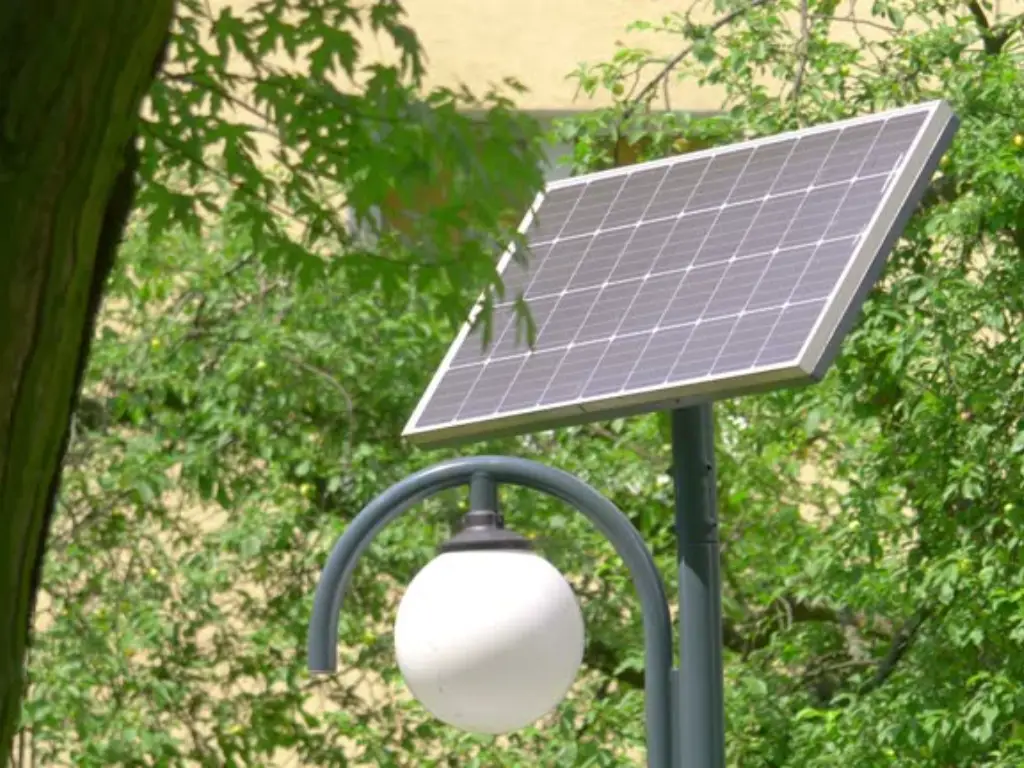
Cloudy Days vs. Deep Shade
The broad difference between deep shade and cloudy days needs to be elaborated on, given that they both restrict access to direct sunlight but in varying degrees.
Cloudy Days: The amount of light that can be captured on the darker side of the cloud is called diffused light. Even in an incredibly cloudy setting, there is still some diffused light available. That enables the solar panels to function with mediocre energy resources, even when the conditions don’t seem particularly favorable. Studies have shown that solar panels can still operate at 10-25% of their full capacity on cloudy days, depending on cloud density and thickness. It is clear, then, that solar-powered lamps do still receive energy in these circumstances, even though the prospects of getting fully charged remain slim.
Solar Panels in Deep Shade: Vertical structures and dense tree canopies create profound deep shade which is arguably the most difficult to work in. The solar panel receives only a tiny amount of diffused light, and deep shade will block any direct sunlight. These conditions make it very difficult for solar lights to charge successfully. The energy harnessed in these conditions may, at best, be enough to provide faint light for a short period of time. In many instances, this energy might not be sufficient to power the light.
| Shade Type | Light Intensity Received by Solar Panel | Charging Efficiency | Expected Light Output |
| Direct Sunlight | 100% | 100% | Bright, Long-Lasting |
| Cloudy Day | 10-25% of Direct Sunlight | 10-25% | Dimmer, Shorter Duration |
| Partial Shade | 5-15% of Direct Sunlight | 5-15% | Very Dim, Short Duration |
| Deep Shade | <5% of Direct Sunlight | <5% | Minimal to None |
Comprehending these differences is important when setting practical expectations and thinking proactively about how best to arrange solar lights for optimal performance even in situations where shade is inevitable.
Factors Affecting Shade Charging Performance
As discussed previously, solar charging efficiency is hampered by shade. There are, however, additional determinants that may influence the overall performance of solar lights in these conditions. Taking these factors into account makes the optimization of placement and usage of solar lights in shaded areas more comprehensive.
Type of Shade (Partial vs. Full)
As mentioned before, the type of shade one encounters may generate different outcomes for charging performance.
Partial Shade: Partial shade is the best type of shade that can ever exist, as it allows for bursts of the sun’s rays to reach the solar panels throughout the day. This type of shade allows for the accruing of sufficient energy and maximizes the chance of charging during those short bursts of direct sunlight. If a certain position is located in a region with 2-3 hours of split solar presence, the solar light will still manage to have a fair charge, adding multiple hours of light during the night, even though it will be less bright than if it had been placed in the sun throughout the day. The most important aim of this step is to try to ensure potential charge environments that have peak sun exposure time within the main hours of the day.
Full shade: A full shade condition is the worst of the four. Areas that are almost perpetually under thick shade receive very little direct light, as well as diffused sunlight. In these settings, standard solar lights will remain unchanged, regardless of other optimization measures taken. For such areas in full shade, other sources of lighting, or special solar lights made for low light settings, would be better suited.
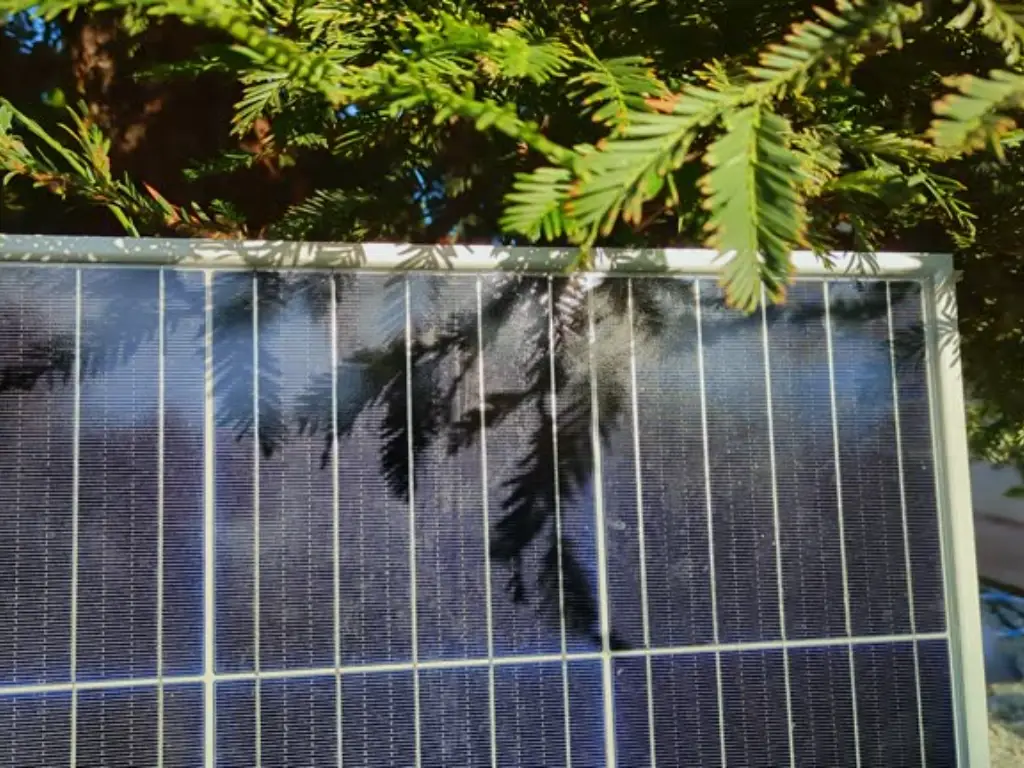
Duration of Shade Exposure
The duration of exposure to shadow can add to the problem. Even partial shadow can become an issue if it lasts for the better part of the day.
Short Duration Shade: If the shade occurs for a few hours in the early morning or late evening, and the area receives adequate direct sunlight during peak hours (commonly from 10 am to 4 pm), solar lights can still get charged. The most intense portion of the day is when there is abundant direct sunlight, which is sufficient to make up for the upper-bound shaded periods.
Long Duration Shade: On the other hand, areas that are shaded the majority of the day will, even if it is partial shade, greatly restrict charging possibilities. If a solar light is in the shade for more than 6 to 8 hours a day, its battery will most likely not be fully charged, which results in weak and short illumination. Repositioning the light to a more sunny location is critical in such cases, or if relocating is not possible, alternate lighting solutions need to be considered and designed.
Solar Panel Technology & Battery Type
Solar Panel Technology: Amorphous silicone, or thin-film solar panels, tend to be more efficient in charging under diffused light than polycrystalline and monocrystalline panels. Also, while polycrystalline and monocrystalline are more efficient in direct sunlight, amorphous silicon panels tend to have a greater scope when it comes to shadow or cloudy conditions, thus performing decently under those conditions. Therefore, if shade charging should be prioritized, solar lights equipped with amorphous silicon panels targeted for that purpose are recommended.
Defining Battery Types: Batteries used in solar light are now mostly Lithium-ion since they have a greater energy density and a longer lifespan compared to the older Nickel-Cadmium (Ni-Cd) batteries. Lithium-ion batteries do not need to be fully charged to provide power and deliver even when partially charged, which makes them useful in shaded or ‘low-light’ areas. Looking up the battery type specification of a solar light may reveal information about its potential performance in shaded areas.
| Factor | Impact on Shade Charging Performance | Optimization Strategy |
| Type of Shade | Partial shade allows some charging; Full shade severely limits charging. | Prioritize partial shade locations; Avoid full shade if possible. |
| Duration of Shade | Long-duration shade significantly reduces charging; Short-duration shade is less impactful. | Maximize direct sunlight exposure during peak hours; Minimize prolonged shade. |
| Solar Panel Technology | Amorphous silicon panels perform better in diffused light. | Consider amorphous silicon panels for shaded areas. |
| Battery Type | Lithium-ion batteries offer better performance in partial charge states. | Opt for solar lights with lithium-ion batteries. |
Optimizing Solar Light Charging in Shady Areas
While the shade has proven to be a challenge for solar lights to charge, it does not completely hinder their use. Solar lights can still be charged by adopting certain practices and managing their placement optimally, even in areas that are more shaded.
Strategic placement checklist
Effective placement is essential for optimizing the use of solar lights in light-constrained environments. Before mounting solar lights, make sure to do a survey of the site concerning the particular area of interest with respect to sunlight and shade and the best possible solution for the compromise. The following checklist can assist in placement decisions:
- Sunlight Mapping: Observe your garden or the open area one day and see which parts capture the sunlight directly at different times of the day, particularly during the day from 10 AM to 4 PM. Mark these areas as they are going to be most useful in the location.
- Shadow Analysis: Take note of the fences, trees, and buildings that are bound to cast shades as they move across parts of your garden throughout the day. Skip places that are always deep in the nick of shadow.
- Partial Shade Prioritization: Focus on areas that are bound to receive some level of shade as compared. Less sunlight means no sunlight at all. Target areas that receive a minimum of 2 to 4 hours of continuous direct sunlight with the rest of the time being in the shade.
- South-Facing Orientation (Northern Hemisphere): In most areas in the Northern Hemisphere, locations facing south tend to get the most sunlight during the day. If there is any solar equipment that can elbow out at least a little available light, place it toward the south as it is likely to receive the maximum light available. (Do the opposite for the Southern Hemisphere).
- Angle Adjustment: Try to find a height-adjustable solar panel since it will allow you to enhance the tilt angles, which in turn allows for better capturing of sunlight, especially during seasons when shade patterns are different. Try other settings and see which one captures the most sunlight.
- Reflective Surfaces: Use walls or sidewalks of light color as they can bounce indirect sunlight to the solar panels increasing the light level in shaded portions.
By taking into account these strategies, it is possible to configure the lighting devices in such a way that will enable them to receive sun exposure even in shaded places.
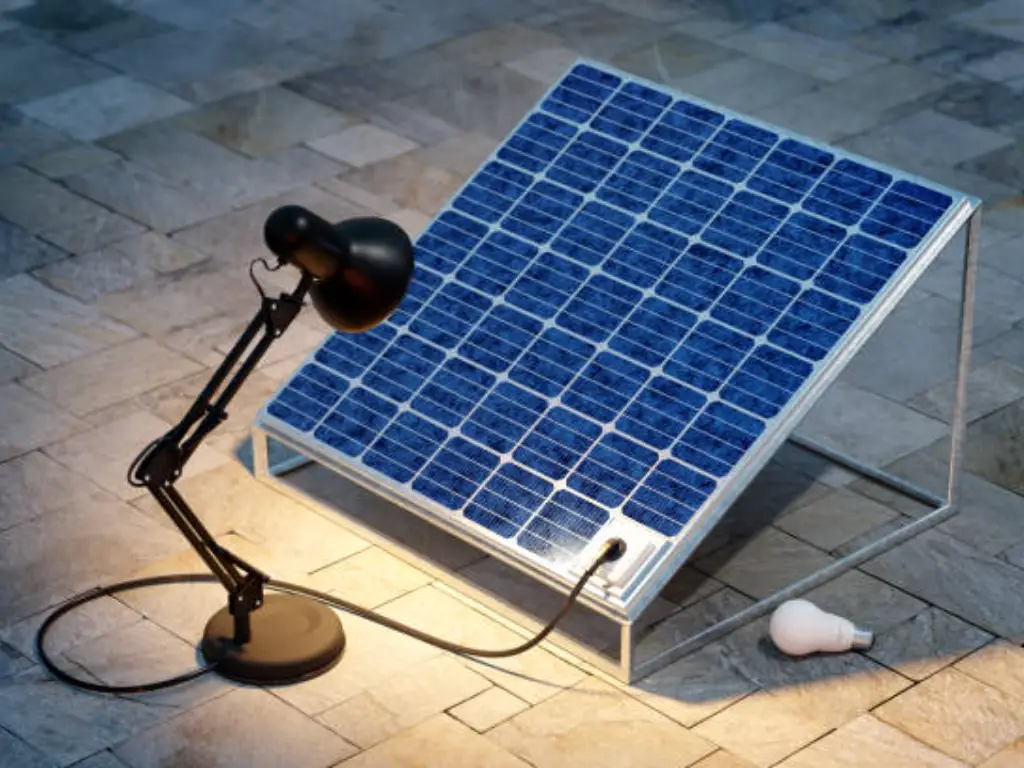
When to use supplemental charging
When shadow areas where the sun does not shine remain permanently, additional illumination measures may be required to guarantee that the device functions as needed.
- Relocation for Charging: If solar lights are mobile, move the lights as needed to bright places during the day and return to subdued areas for the night.
- USB Charging (if available): More sophisticated models of solar lights feature USB charging ports. This enables you to augment solar charging with backup USB sources of power when there is prolonged shade or overcast weather. Refer to your product specifications to ascertain the presence of this feature.
- Separate Solar Panels: In some solar lighting systems, it may be possible to separately mount the solar panel to a sunny location and the light fixture to a secluded area. The light might also be set up in a shaded location. This modification creates the possibility of running a wire between the panel and the light.
Tips for Maximizing Charging Efficiency in Shade
Apart from strategic positioning and complementary charging methods, there are a handful of other tips that could help increase charging efficiency for solar lighting in shaded areas:
- Regular Cleaning: Solar power systems work best when the solar panels are uncluttered, so make sure you clean the units on a regular schedule. The efficiency of solar panels can be greatly diminished due to dirt and dust obstructing the surface of the panel, wiping it with a damp cloth will ensure the maximum amount of sunlight is utilized.
- Trim Overhanging Vegetation: Cut off any tree limbs or overly grown plants that are blocking too much light from reaching your solar lights. Decrease shading as much as possible so that even indirect light is usable.
- Choose Larger Solar Panels: Solar lights with larger panel surface areas will naturally get more light even in shaded conditions. Purchase models with big panels for areas that tend to be sheltered from light.
- Upgrade Batteries: If possible, consider using larger or higher efficiency batteries (within product specifications). This will allow for longer use nights, even with a minimal charge reached in the shade.
- Light Color Considerations: Although this does not relate to charging as solar lights do not draw power from a running engine, using warm white or amber LEDs tends to yield brighter and more useful light in shaded areas compared to cool white.
The Wosen Advantage: Reliable Lighting Solutions for Every Condition
Even though enhancements in solar lights for shaded areas will help increase performance, the problem of charging in low-light conditions remains. When there’s no sunlight, Wosen LED lighting solutions offer compelling alternatives, serving as primary or supplementary lights, depending on user needs.
With three decades of experience in manufacturing LED products, Wosen knows the needs for outdoor lighting are diverse. We offer a complete collection of LED indoor and outdoor luminaires such as solar street lamps and solar flood lights. Each product is designed to perform with superior powers of energy and durability, meaning they will maintain brilliance, rain or shine, in any outdoor area you wish to light up.
Addressing Shade Challenges with Wosen’s Advanced LED Technology:
Wosen LED lights avoid the issues of shade and lack of energy by being electrically powered. Because they’re not solar-powered, our LEDs ensure bright light is delivered consistently, no matter the weather. This makes them perfect for areas where dependability of illumination is critical, but solar charging can’t be used because of turns of extended shade.
Additionally, Wosen products are reliable for:
- Durable and Weather-Resistant Design: Wosen outdoor lights are made from ADC12 aluminum which can endure extreme weather and still function dependably.
- Extended Operational Life: Wosen LED solar Lights have an operational lifetime of over 50,000 hours, greatly reducing maintenance and replacement expenditures.
- Human Sensor and Radar Sensor Technology: Wosen lights improve efficiency by activating when detection is possible only in specific areas and at specific times.
Explore Wosen’s Range of Reliable and Efficient Lighting Options:
For maximum efficiency, consider using Wosen LED solutions in sun-disabled areas to maintain unyielding illumination for streets, security floodlights, and industrial applications, as well as architectural wall floodlights. With our certified experts, high-quality customized services are offered in detailed integration and illumination planning so that the outcome is optimal seamless light. Certified products like CE, RoHS, SAA, and ISO9001 show that Wosen is a dependable solution as the products are globally certified for their quality and reliability.
Conclusion
While appealing for outdoor lighting, Wosen LED lights are blighted by suspended performance and charging efficiency when compared to sunny periods of operation. The performance of solar lights in shaded areas, which are more optimally charged by the sun, is somewhat nuanced; therefore, best-managing expectations when deploying solar lights across partially shaded areas is paramount.
For dependable illumination in shaded areas, unreliably sunny places, controllable environments, and energy-efficient alternatives, Wosen LED lighting solutions shine. With 30 years of LED lighting expertise, Wosen illuminates your world with unrivaled and unyielding quality, innovation, and solutions that don’t dim, regardless of the conditions.
Utilize the Wosen benefit and learn how our fully integrated LED systems can handle all your outdoor and indoor lighting requirements. Reach out to us today with any project details and allow Wosen to guide you every step of the way.
